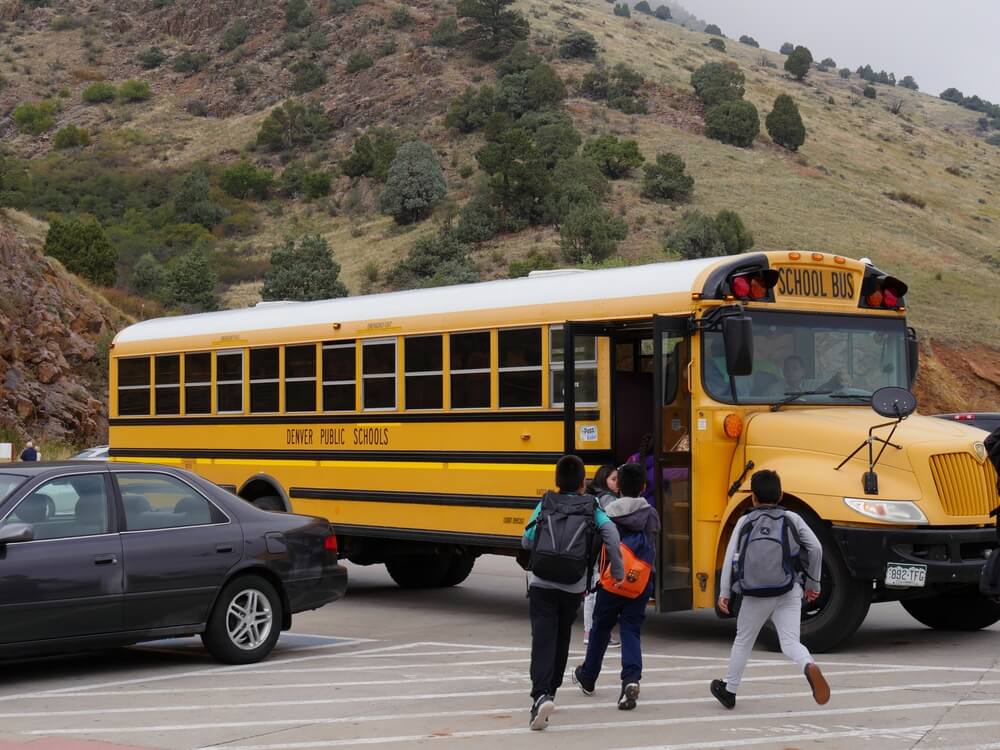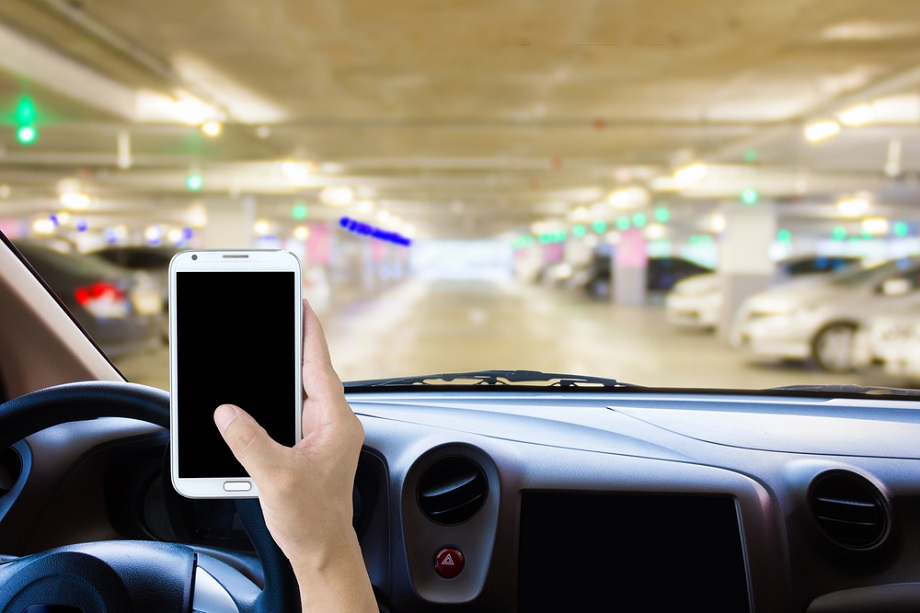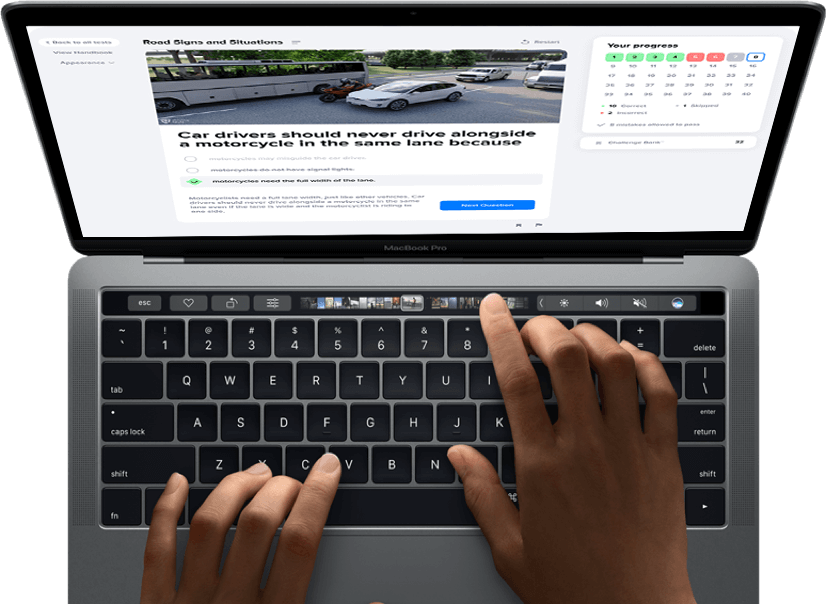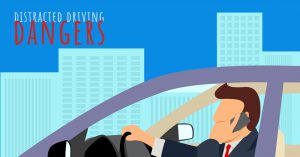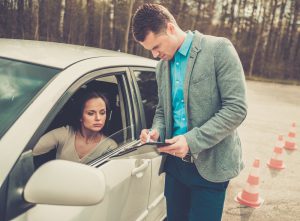Automobile accidents aren’t exclusive to vehicles. Pedestrian injuries and deaths make up a large portion of reported accidents in the United States.
According to the Center for Disease Control (CDC), over five thousand pedestrians were killed by drivers in 2015 and an additional one hundred and twenty nine thousand were injured. While most drivers consciously avoid potential collisions with other vehicles, many forget that their vehicles pose a significant danger to humans on and around the road.
You’re reading one of our “Beginner Driver’s Guide” articles. Need to practice for your upcoming exam? Take our free sample driving test -- no registration required! ✨
When you assume the responsibility of operating a motor vehicle, you also assume responsibility for the safety of the pedestrians you will encounter along your daily drive.
Although drivers should always keep in mind that a pedestrian could be in their vicinity, there are a few areas that require special precautions:
5 Popular Areas That Require Drivers To Be Extra Cautious Around Pedestrians:
- 1
School Zones
Although it’s more common to encounter children walking to school in urban areas than rural, the concentration of pedestrian traffic is always high around schools. Most school campuses have a designated “school zone” that encompasses all roadways within a certain radius. This zone has a reduced speed limit and increased fine amount for traffic citations to encourage drivers to slow down and be hyper aware of their surrounding. When driving in and around school zones, pay special attention to cross walk areas. Also watch out for children and parents entering and exiting school buses and vehicles. It is estimated that approximately twenty percent of children between the ages of five and nine who are killed in traffic accidents are pedestrians.
Follow all the rules regarding school zones and buses to a T![school bus]()
- 2
Parking lots
Parking lots are equally the domain of vehicles and people. Each vehicle parked in a parking lot must be walked to and from by a driver and possibly several passengers. Use extreme caution when driving through parking lots. Although it is tempting to focus all of your attention on finding a great spot close to the entrance, remember that there are usually no specific walkways for pedestrians in parking lots. Constantly scan the lot in front of you and check your mirrors for people. Some parking lots will have a speed limit, but if one isn’t posted, a speed limit of five miles per hour should be assumed as a precaution.
National Safety Council says that about 2/3 of drivers are distracted while looking for a parking spot![at the parking lot]()
- 3
Urban areas
If you live or drive in a downtown, urban area, you are probably used to sharing the road with people. However, drivers from suburban or rural areas are often taken aback by the number of people darting to and fro on the roadways while driving in the city. Metropolitan areas have crosswalks at almost every intersection, each with its fair share of jaywalkers. Never trust a green light to mean that all pedestrians have safely made it to the other side of the street. Look both ways and proceed with caution.
Pedestrians in urban areas behave much more confidently on the road compared to the ones in the suburbs![crossing the street]()
- 4
Special events
Street festivals, concerts, and sporting events create an influx of pedestrians on and near roadways. If you are aware of an upcoming event on your normal route, take a detour that keeps you clear of potential collisions with pedestrians.
Keep in mind that pedestrians may be under alcohol influence during these events, which requires your extra vigilance (Garrett)![stadium parking lot]()
- 5
Holidays
Many holidays are celebrated by people taking to the streets. Mardi Gras, Christmas, Memorial Day, Veterans’ Day, and St. Patrick’s Day, among others, are commonly accompanied by parades. People line the street for sometimes several miles and often park several blocks away to walk to the parade route. If you must drive in the vicinity of a parade route, use extreme caution and watch out for small children. Halloween also poses an exaggerated risk of collisions between people and vehicles as parents and children take to the streets to trick-or-treat. Although many parents deck out their children in reflective costumes for Halloween, dark colored costumes are some of the most popular and hardest for motorists to see at night.
Add pedestrians to your list of hazards to look out for on the roadway. A person is much more likely to sustain serious injuries or be killed if involved in an auto accident while outside of a vehicle then when protected by airbags, seatbelts, and layers of metal.
Finally, here is how to make a turn if pedestrians are crossing the street:

